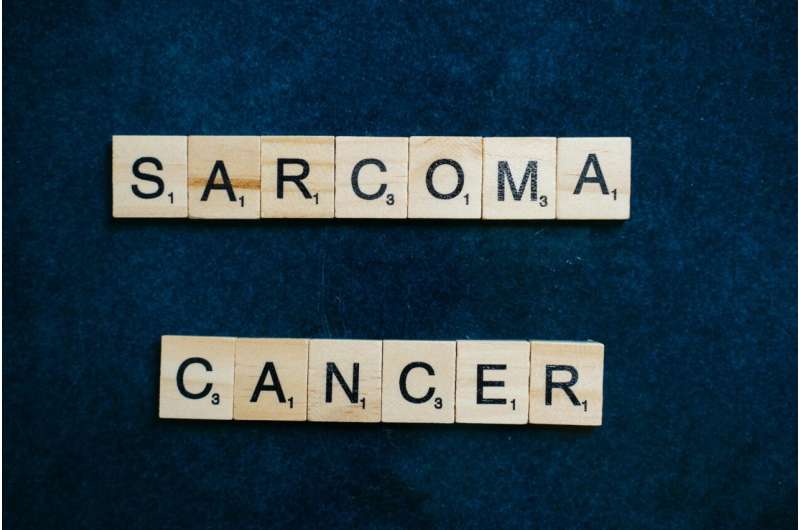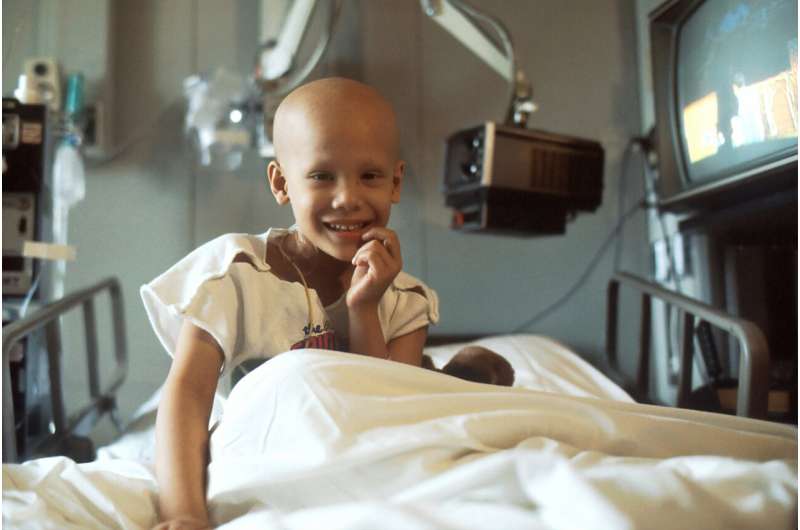Innovative Milk-Derived Extracellular Vesicle Hydrogel Promises Advanced Tissue Regeneration

Columbia researchers have developed an innovative hydrogel using milk-derived extracellular vesicles to advance tissue healing and regenerative medicine, offering a scalable and biocompatible solution for long-term tissue repair.
Researchers at Columbia Engineering have pioneered a novel bioactive hydrogel platform that harnesses extracellular vesicles (EVs) from milk, particularly yogurt, to facilitate tissue healing and regenerative medicine. This injectable hydrogel incorporates EVs not only as carriers of biological signals like proteins and genetic material but also as structural components that cross-link with biocompatible polymers. This dual role enhances the material’s capacity to mimic natural tissue mechanics and actively promote cellular regeneration.
The breakthrough, published in the journal Matter, addresses longstanding challenges in developing biomaterials that are both biocompatible and effective in tissue repair. By utilizing milk EVs, the team overcame previous limitations related to low yield and complexity in sourcing EVs from mammalian cells, making the process more accessible and scalable.
Correa and his colleagues demonstrated that yogurt EVs enable the hydrogel to deliver regenerative signals over sustained periods, supporting cell growth and tissue repair without the need for additional chemical additives. Early experiments with yogurt EV-based hydrogels in immunocompetent mice indicated high biocompatibility, with the material fostering new blood vessel formation—a critical factor in effective tissue regeneration—and creating an immune-environment conducive to healing.
This innovative approach is further strengthened through international collaboration with researchers from the University of Padova, integrating expertise in agricultural EV sourcing and nanomaterials. The platform’s modular design allows use of EVs from various sources, including mammalian and bacterial origins, broadening potential applications.
This research opens new avenues in regenerative medicine and wound healing, leveraging simple and sustainable sources like yogurt EVs. Such biomaterials could revolutionize treatments by enabling long-term tissue repair strategies that are both effective and minimally invasive, delivered locally via injection.
Correa’s team is actively exploring how these EV-based hydrogels modulate immune responses to further enhance healing processes, holding promise for next-generation therapies that closely mimic the body’s natural regenerative environment.
Source: https://medicalxpress.com/news/2025-07-scientists-tissue-gel-derived-extracellular.html
Stay Updated with Mia's Feed
Get the latest health & wellness insights delivered straight to your inbox.
Related Articles
Research Finds No Connection Between Early Antibiotic Use and Childhood Autoimmune Diseases
A large-scale study finds no evidence that antibiotic exposure during pregnancy or early childhood increases the risk of developing autoimmune diseases in children, highlighting responsible antibiotic use.
Emerging Research Suggests Bacterial Proteins May Offer Protection Against Alzheimer's Disease
New research uncovers how a bacterial protein from Helicobacter pylori may inhibit the proteins responsible for Alzheimer's, opening new avenues for treatment development.
Extended Diagnostic Delays for Children and Young People with Cancer Revealed by New Study
A new UK study uncovers significant delays in diagnosing cancer among children and young people, especially for certain tumor types and age groups, emphasizing the need for quicker detection efforts.



